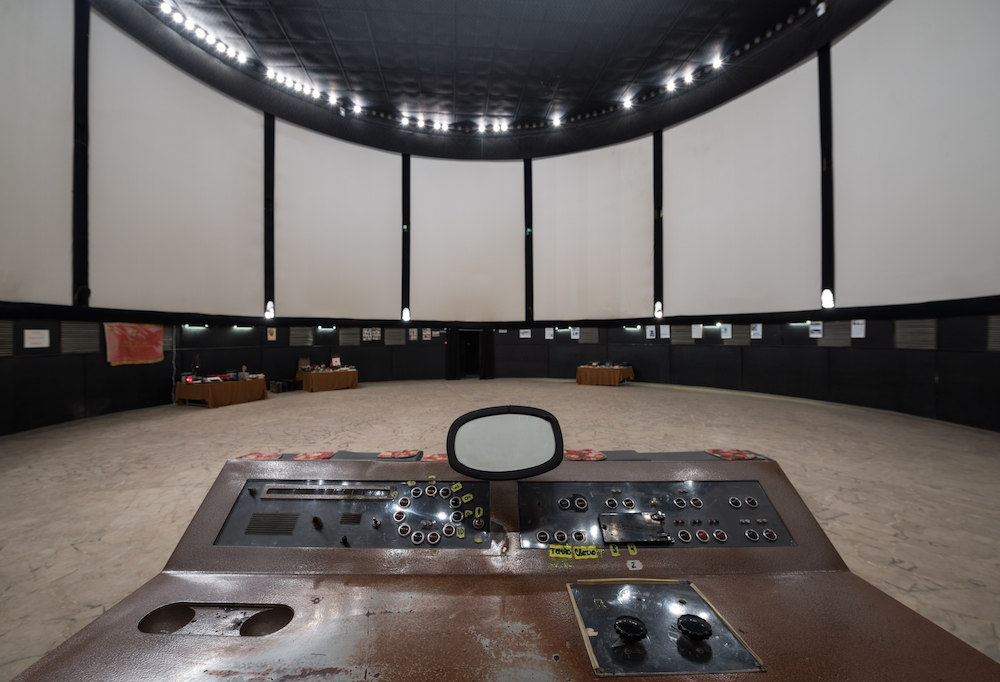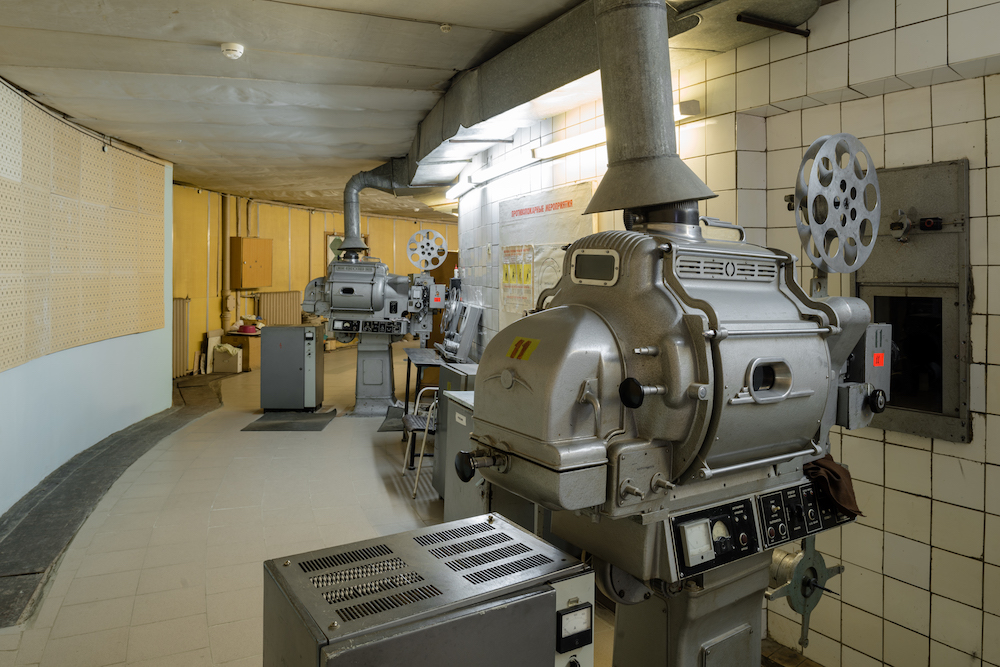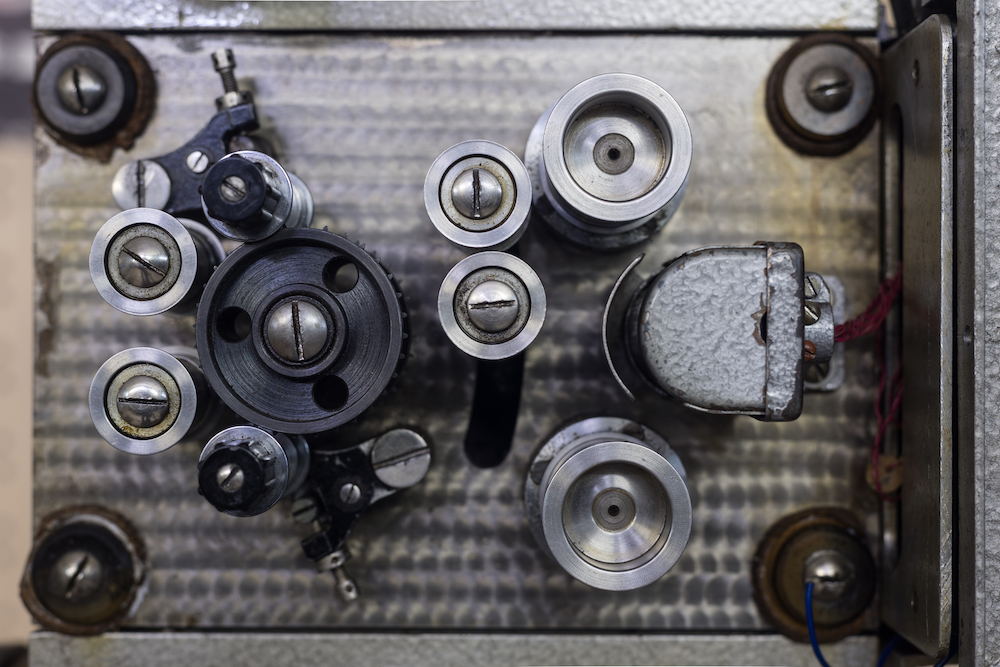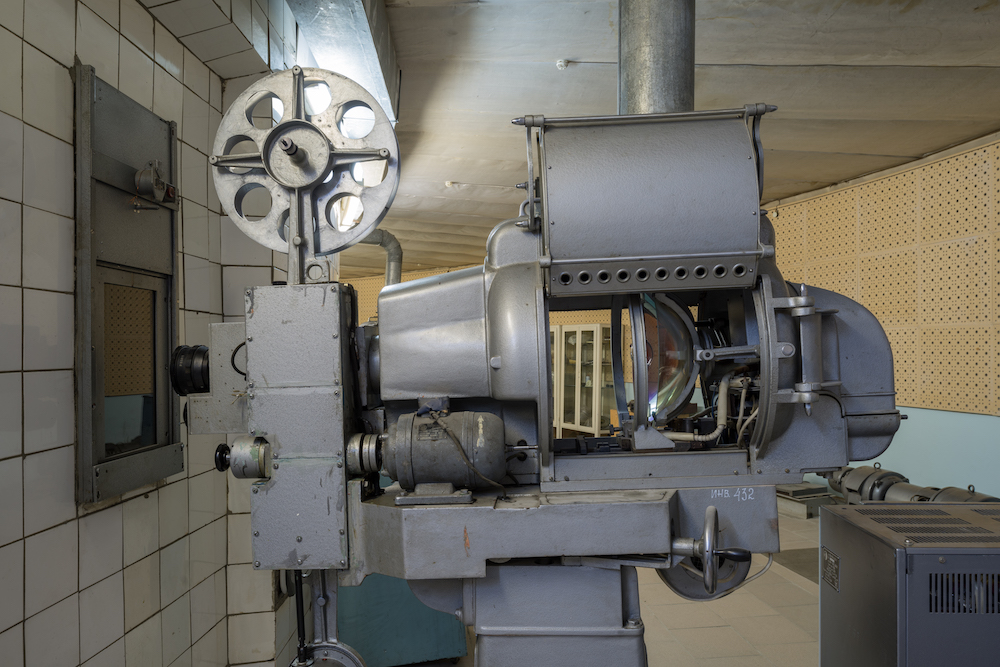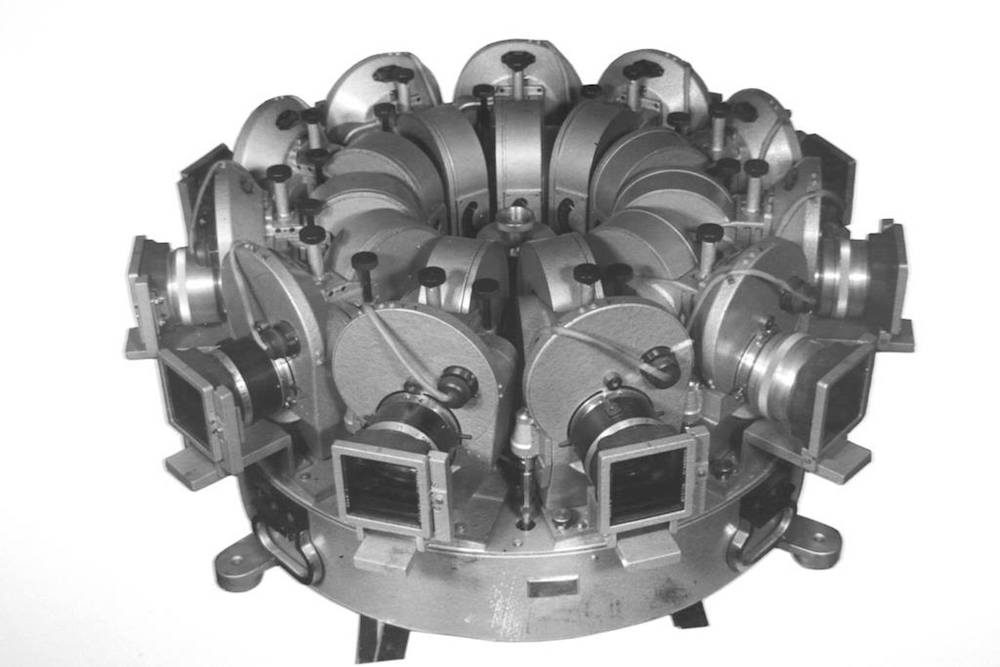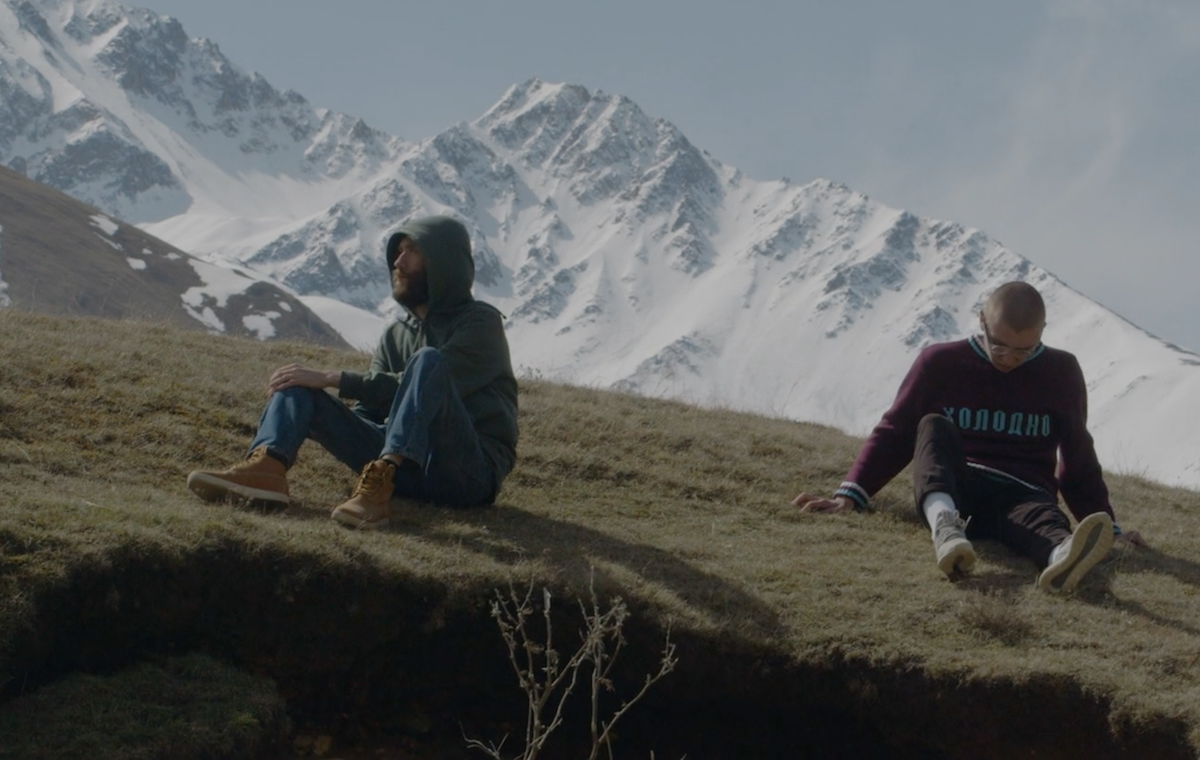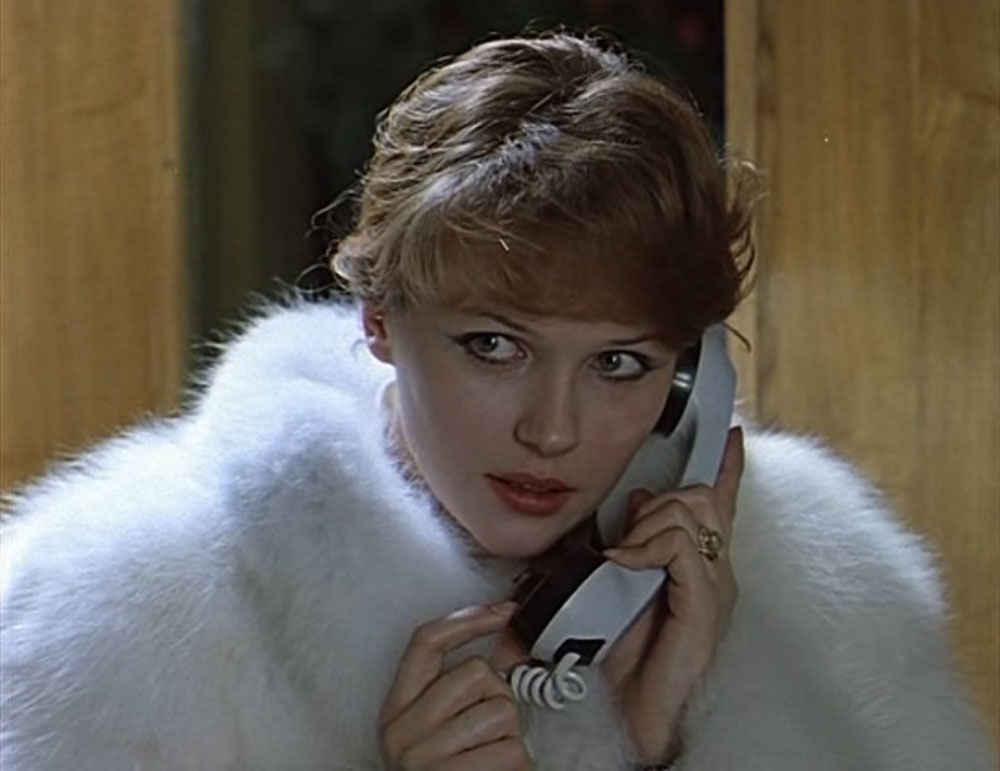Cinema in the round: Moscow’s groundbreaking Soviet 360 finally gets a makeover
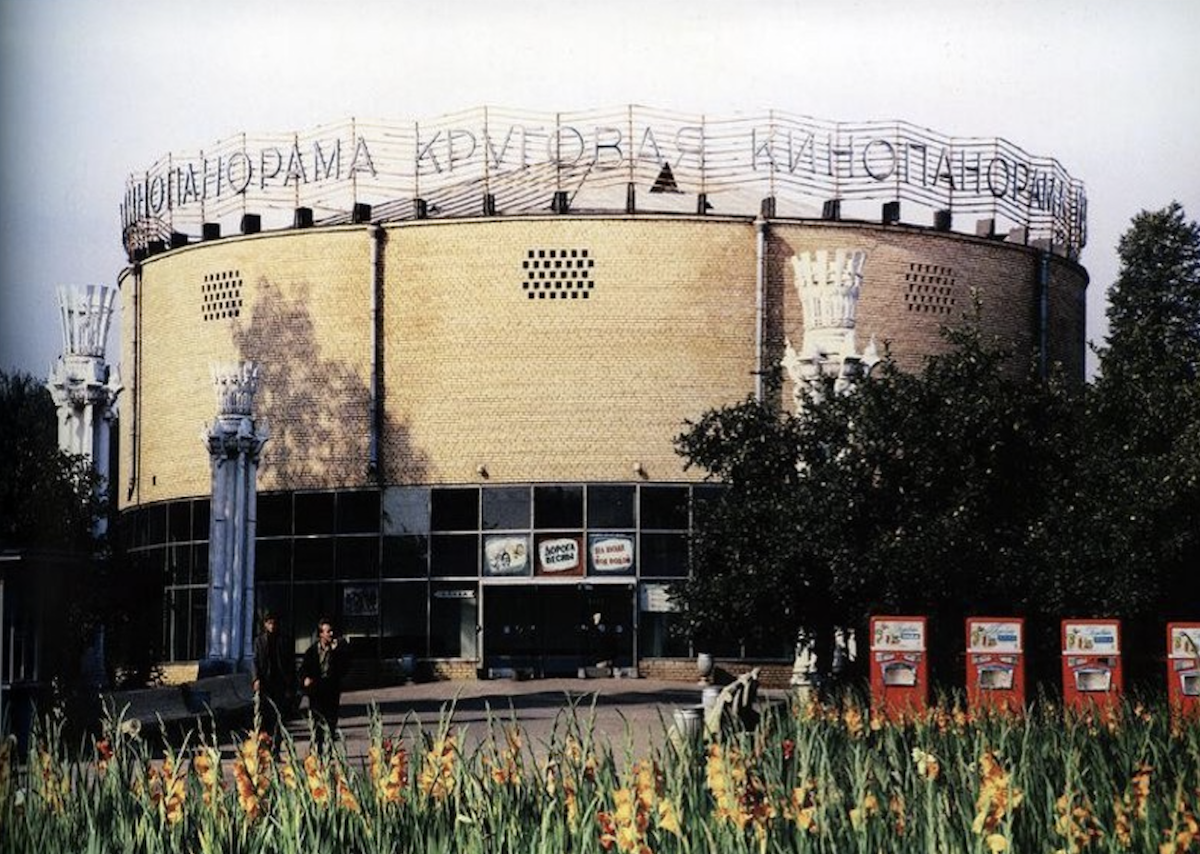
When it opened its doors to the public in 1959, the Soviet Union's Kinopanorama wowed audiences with its cutting edge technology, but has mostly been neglected and forgotten in recent years. As it undergoes its first refurbishment in half a century, The Calvert Journal looks at the history and meaning of this unique cinematic experiment
Russia’s Krugovaya Kinopanorama, a ground-breaking 11-screen cinema built in 1959 was born out of Cold War rivalry. In some re-tellings, Soviet leader Nikita Khrushchev ordered it to be built in Moscow’s VDNKh, the huge park known as the Soviet Versailles, after visiting Disneyland on a trip to the United States. In another version, it was commissioned when the USSR’s leadership discovered a similar attraction was being brought to Moscow by the US delegation for the 1959 American National Exhibition — and they decided they needed something better.
Either way, in just three months, engineers designed and built the cinema and a director was found to shoot films on a special camera. “It was a pure, 100 percent high-technology, beautiful, avant-garde project,” says Anna Kotomina, director of the Krugovaya Kinopanorama (literally the ‘Circular Cinemapanorama’) from 2013 to 2016.

Contrary to many forecasts, after 50 years of neglect, Kinopanorama is now undergoing a fullscale renovation. The work is part of a multi-million dollar overhaul of the whole VDNKh site, which fell into a state of dilapidation in the 1990s as its Stalinist pavilions were colonised by small-time traders and food stalls.
Kinopanorama was a hit with audiences when it opened in summer 1959 and footage shows long ticket queues. As technology moved on, however, its popularity gradually faded. Most similar cinemas across the world were shut down — but Kinopanorama soldiered on. Extraordinarily, it survived the collapse of Communism and the 1990s as funding dried up, the films physically disintegrated, audiences dwindled to a few dozen and a kebab shop opened in the foyer. The last Kinopanorama film, This Is What We Call Motherland, was released in 1993. Alexander Zenin, an expert on Soviet cinema equipment, recalls in an interview how he found technical plans for Kinopanorama in a rubbish dump outside Moscow’s Cinema and Photo Research Institute (NIKFI) in 2006.
By the late 2000s, Kinopanorama was a forgotten anomaly, bizarrely out of place in rapidly-developing Moscow
By the late 2000s, Kinopanorama was a forgotten anomaly, bizarrely out of place in rapidly-developing Moscow and widely predicted to disappear forever. Visiting was “like walking into an orchestrated historical installation”, wrote film historian Lida Oukaderova in her 2017 book, The Cinema of the Soviet Thaw: Space, Materiality, Movement. “The entire structure and its function are arrested in time.”
A typical screening saw a few people gather around tatty benches in the centre of the large, circular room. As the 11 projectors whirred and began showing the film from 11 slots in the wall, viewers would stand up to get a better look at the action: a snowball fight, a ring of dancers or a flight over the Crimean coast. The magic remained, but the deteriorating quality of the films was obvious in visible smudges and missing sections.
Few dispute that Kinopanorama is in urgent need of a make-over. But there are fears over whether it was the correct decision to turn it into a 5D cinema. Austrian attractions company Kraftwerk Living Technologies has been tasked with preserving the option of showing the original films on 1960s projectors, while also transforming the space into a modern auditorium with a rotating seating platform, vibrating floors and water sprays. “I’d be more calm about the future of Kinopanorama if it had been bought by a big collector,” says Kotomina, adding that she believes it should be museum. Under Kotomina’s directorship, which ended in 2016, Kinopanorama enjoyed a brief renaissance with talks, special screenings and exhibitions.
Others say that the building’s architectural and cultural value may be put at risk. “It’s Moscow’s first Modernist construction,” according to architectural historian Anna Bronovitskaya, built “upside-down,” with a glass foyer at ground level and bricked up first floor. A flashing “crown” of white lights on top of the building has long-since been lost.
When it began showing films in 1959, Kinopanorama had 22 screens instead of 11, with a higher tier of screens showing animated add-ons. The demand for the extra screens reportedly came from Soviet officials who wanted to out-do the America’s Circarama, created by Walt Disney, which used 11 screens. But they didn’t last long: the upper tier was stripped out during a 1965 refurbishment. By that time, Disneyland’s Circarama had been closed, and replaced by Circle Vision 360 (which functioned until 1997).
The secret of Kinopanorama’s success is that it was designed in the Soviet Union where, for prestige projects, money was no object, according to ex-director Kotomina. “Disney’s Circarama was technically simpler,” she says. “Their task was to get the best effects on minimal money but for us it was to create the best they possibly could.”
It’s not yet clear whether the spirit of this avant-garde masterpiece will be lost to modern kitsch, or whether it will survive for generations to come
Many of the approximately 20 films shot for Kinopanorama have been lost in archives or destroyed through overuse, but three of those that survive are being restored: Yevgeny Levat’s Volga — a Russian river (1985) and Ilya Bessarabov’s Take us with you, tourists (1966) and Let’s go, let’s go (1966). New content for the 5D cinema is being developed by production company Red Square, which was responsible for bringing Who Wants to be a Millionaire? to Russian screens and producing hit television programmes like Davai Pozhenimsya! (Lets get married!) and Modny Prigovor (Fashion Sentence).
In the Soviet Union, the production of films for Kinopanorama spawned a whole mini-industry. All the movies were about 20 minutes long (limited by the 600 metres of film that could fit into one reel) and shot simultaneously on 11 cameras. To facilitate filming, engineers constructed a device weighing 200 kilograms, which could hold all the cameras.
This super-camera created its own set of challenges. Directors could not stand behind the camera without ending up in the shot (they had to hide somewhere out of sight) and clapper boards were redundant because there was no way for those using them to get out of the way. But this did not stop directors filming from cars and boats or sending the cameras down a ski slope. Newsreel from 1959 shows a Red Army helicopter, carrying a camera, flying low over St Petersburg to film the city. For a 1962 film, operators carried out the first 360-degree underwater filming in world history.
The movies that resulted were colourful romps through life under Communism, designed to show off the natural wonders of the USSR, its major construction projects and the joys of Soviet life, sweeping the viewer into the heart of the great socialist nation. Viewers were taken on a car journey along the Black Sea coast, rode on horseback with Turkmen warriors, sailed down the Volga or went camel trekking in the deserts of Central Asia.
The snapshots of Soviet life in these films were propaganda-like in tone but never too earnest
These snapshots of Soviet life were propaganda-like in tone but never too earnest: there was often jokey narration and the format played with the expectations of viewers.
In one film, heads were made to spin when the camera was placed on a swing, and when the camera is dangled from a helicopter the results are vertigo-inducing. Zenin, the Soviet cinema equipment expert, says his favourite film was Summer in Czechoslovakia (1968) because of the clever use of the genre. “You are told you are about to visit a Czech beer hall,” he says. “The camera goes into the beer hall and glasses of beer arrive, there are tables and people, but when leaving the bar later on the camera sways around and the audience is in the same state as if they themselves were returning from this Czech beer hall!”
Against all the odds, Kinopanorama is no longer frozen in time. When restoration is completed later this year, it will become clear whether the spirit of this avant-garde masterpiece, an alluring anomaly in 21st-century Moscow, will be lost in modern kitsch, or whether it will be preserved in a new form for future generations.
